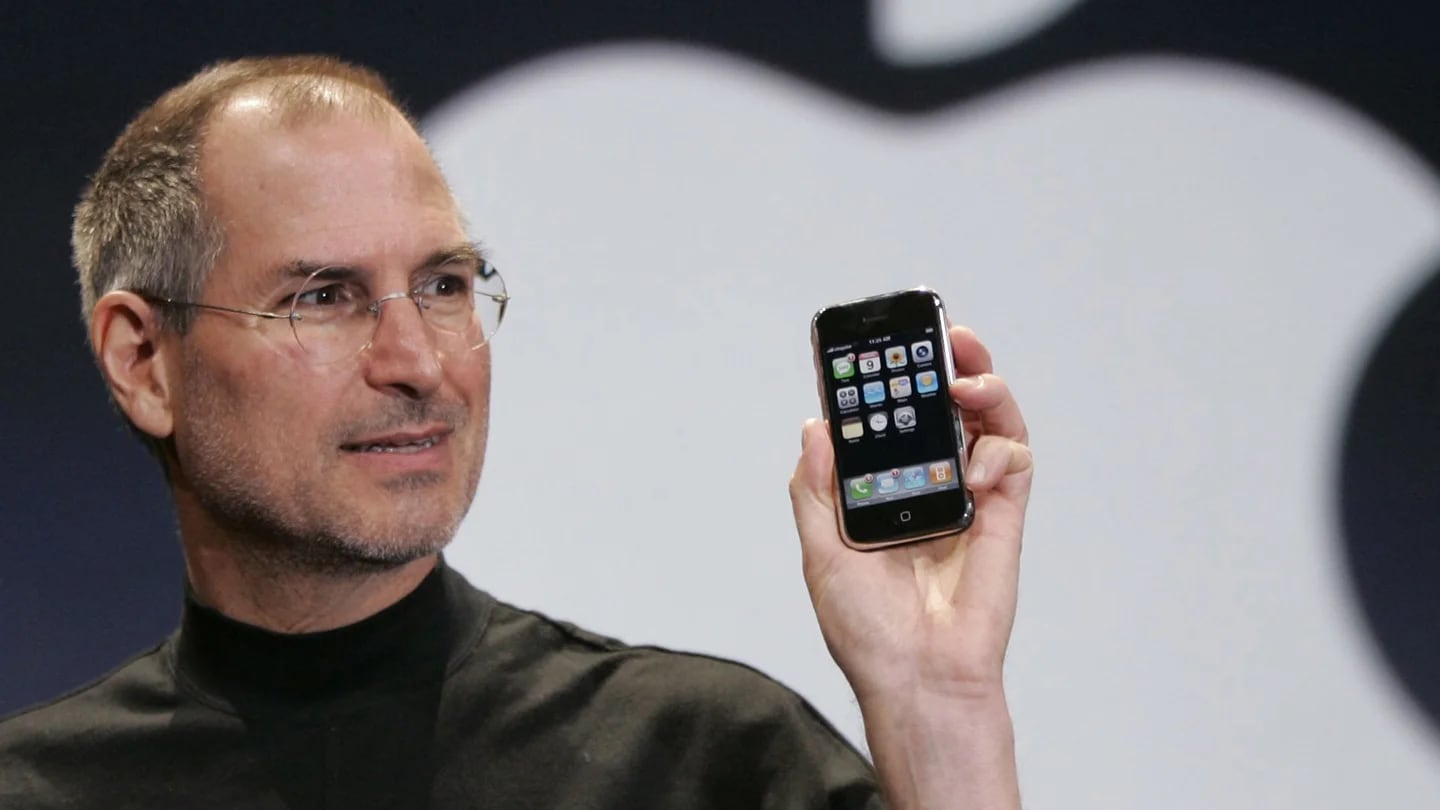
The launch of the first iPhone in 2007 marked a milestone in the history of technology, revolutionizing the mobile phone industry and transforming the way we interact with the digital world.
Although Steve Jobs, co-founder of Apple, is often the face associated with this revolutionary device, behind its success is a team of brilliant and visionary minds.
These innovators, from engineers to designers, played crucial roles in the development of the iPhone, each bringing their expertise and creativity to life to bring this iconic product to life.
Who worked on the development of the first iPhone
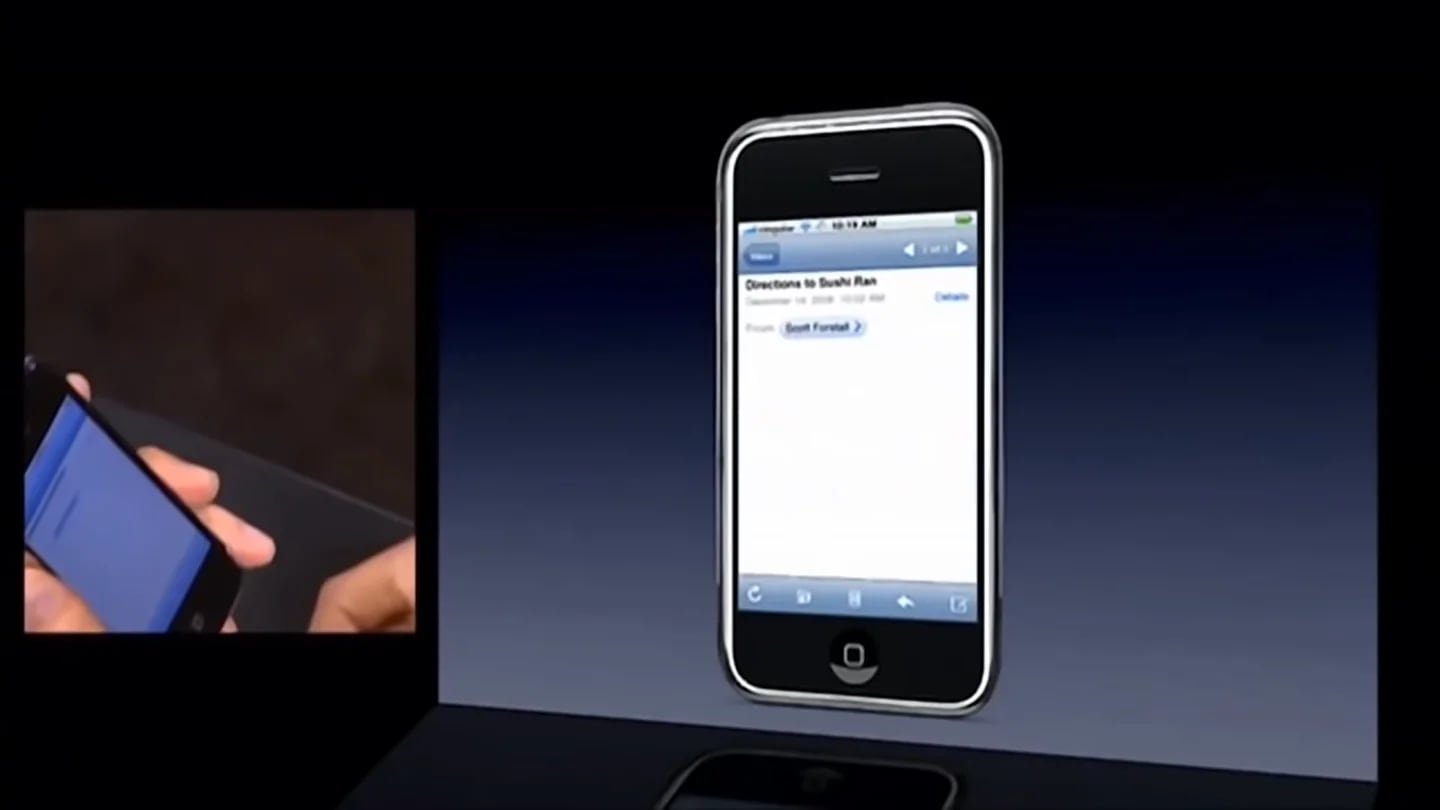
The development of the first iPhone was carried out by a team of Apple engineers and designers under the direction of Steve Jobs. Some of the main contributors to this revolutionary project are highlighted below:
– Steve Jobs: Co-founder and CEO of Apple at the time, Jobs was the driving force behind the creation of the iPhone, from the initial vision to the final presentation.
– Jony Ive: As senior vice president of industrial design, Ive led the design of the iPhone hardware. His vision and focus on simplicity and functionality were central to the iconic design of the device.
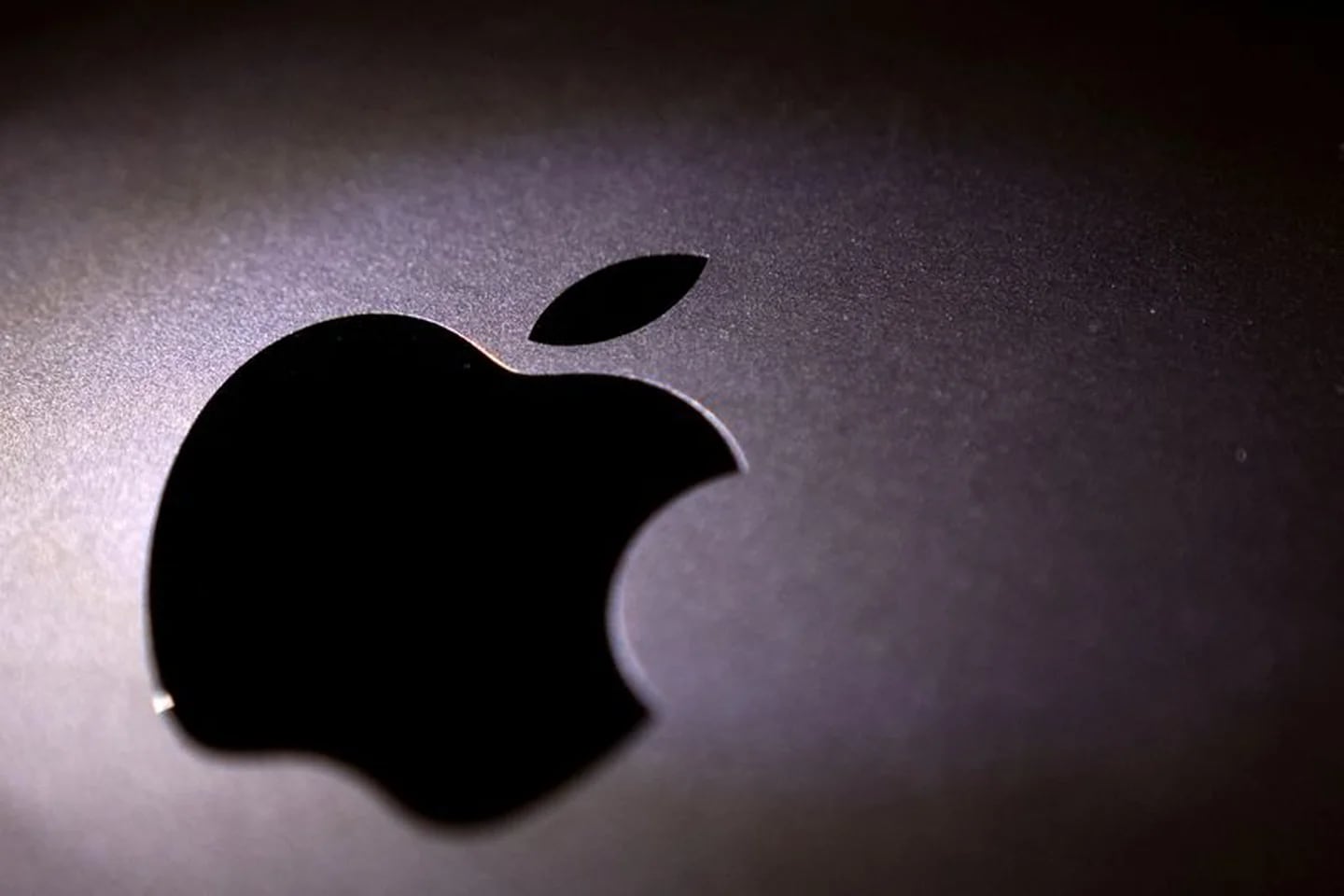
– Scott Forstall: Senior Vice President of Software, Forstall led the development of the iPhone’s operating system, known as iPhone OS (now iOS). His team was responsible for creating the touch user interface and integrated applications.
– Tony Fadell: Considered one of the “fathers of the iPod,” Fadell also played an important role in the development of the iPhone, especially in the integration of hardware and software.
– Michael Dhuey and Tony Fadell: Both engineers contributed to the development of the iPhone’s hardware, ensuring that the components worked efficiently and cohesively.
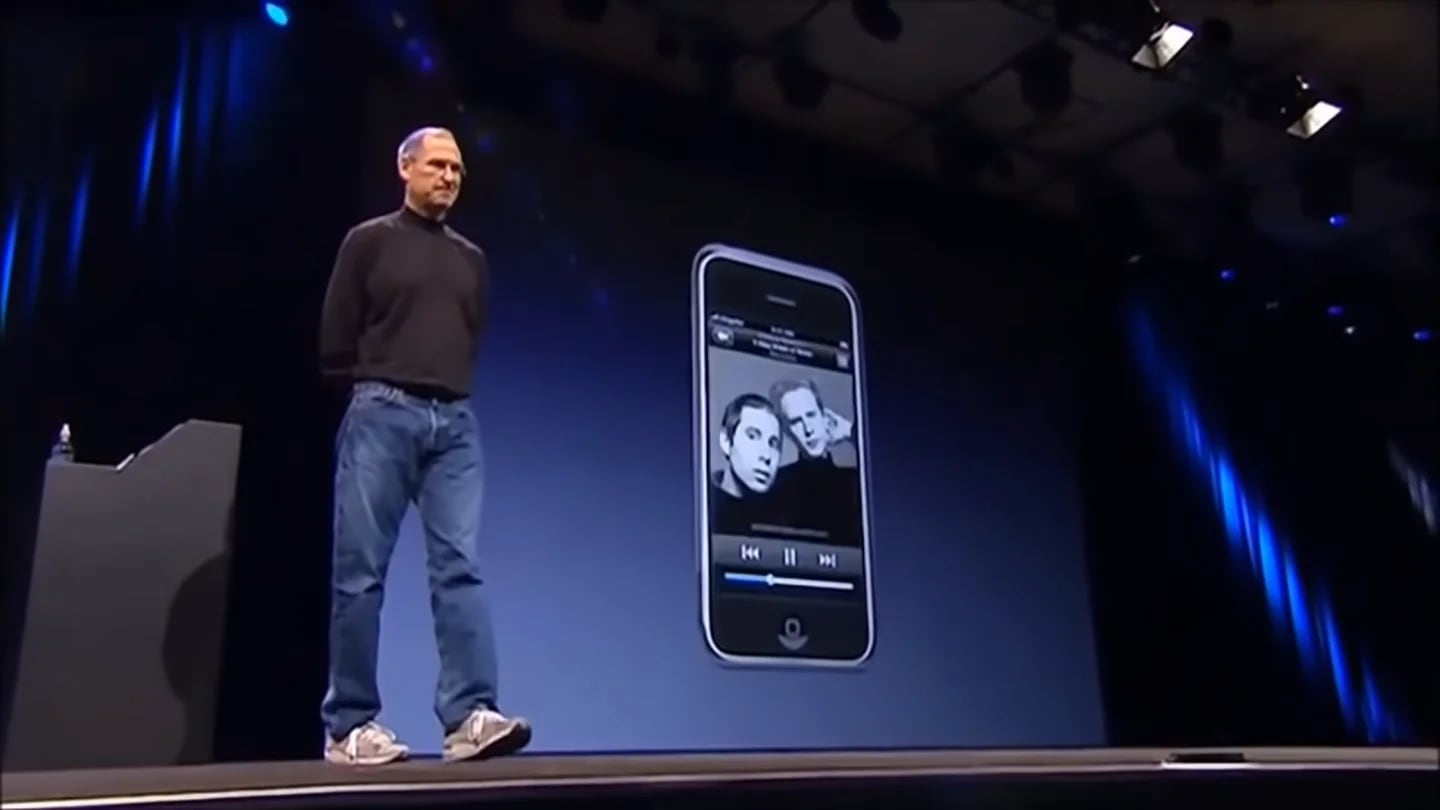
– Richard Williamson: Worked on the development of the iPhone’s user interface and key apps, helping to create an intuitive and seamless user experience.
– Andy Grignon: A senior software engineer, Grignon was responsible for developing many of the iPhone’s communications features, including the calling and messaging system.
These are just a few of the many talented engineers, designers, and project managers who contributed to the development of the first iPhone.
How was the first iPhone
The first iPhone, introduced by Steve Jobs on January 9, 2007 and released on June 29, 2007, revolutionized the mobile phone industry with its innovative design and functionality. Some key aspects of the first iPhone were:

– The original iPhone had a 3.5-inch capacitive touchscreen with a resolution of 320 x 480 pixels. The user interface was based on touch gestures, a novelty at the time.
– It featured a physical home button on the front, volume buttons on the left side, a mute switch, and a power button on the top right.
– It ran on iPhone OS 1.0, the precursor to what is now known as iOS. It included built-in apps like Phone, Mail, Safari (web browser), and iPod (music player).
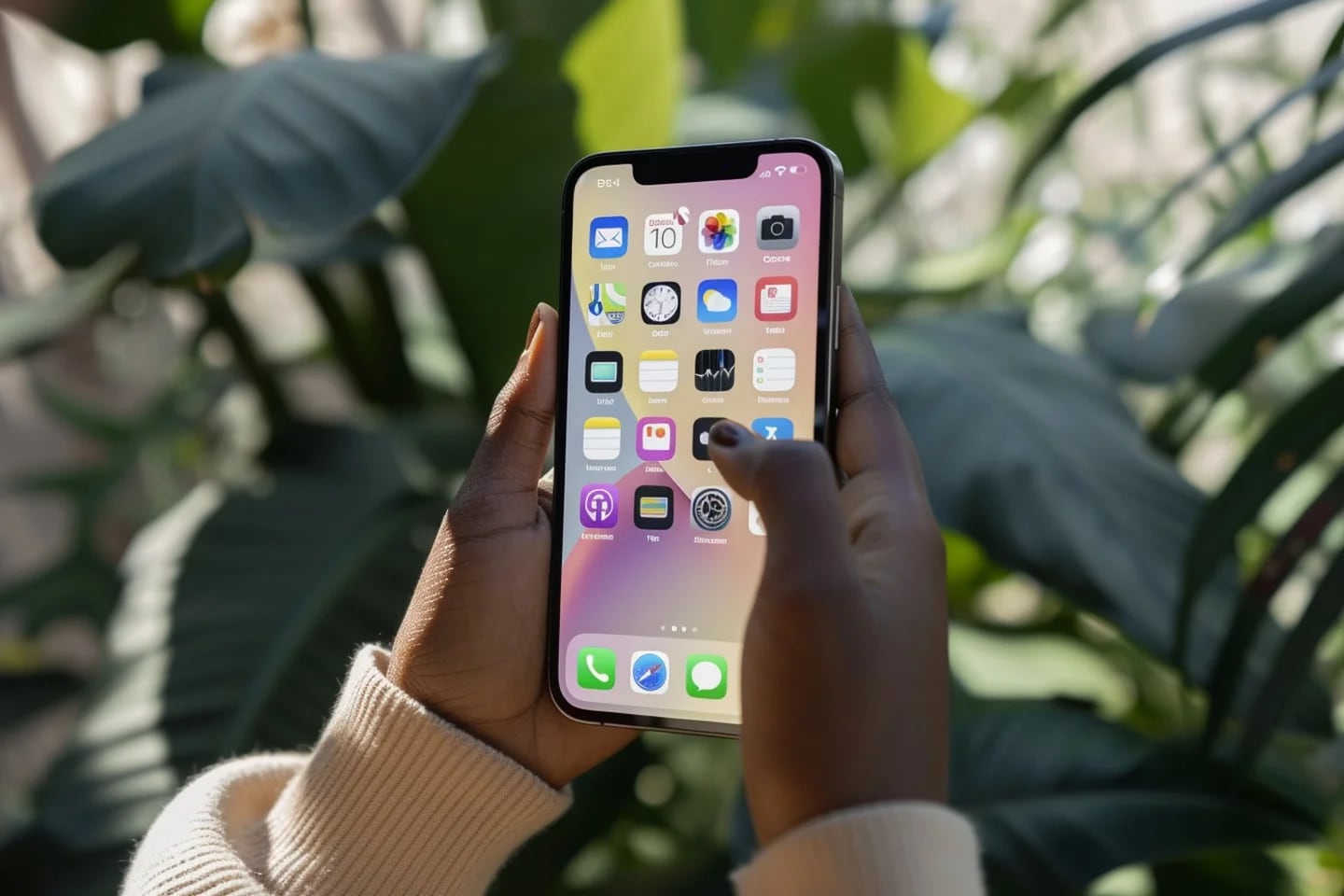
– It was equipped with a 2-megapixel rear camera with no video recording capability.
– It had storage options of 4GB, 8GB and later, 16GB.
Despite some initial criticism about the lack of certain features (such as the absence of 3G and the ability to record video), the iPhone was hailed for its innovative design and ease of use. In its first weekend, Apple sold 270,000 units of the iPhone, and during the first year, more than 6 million units were sold.



Comments